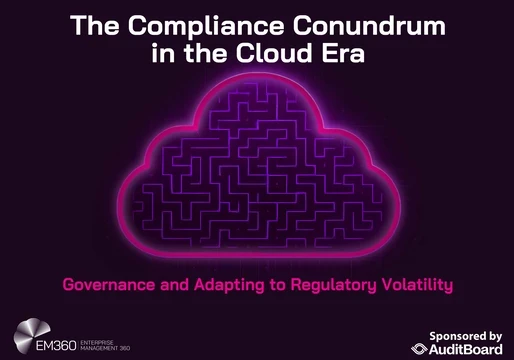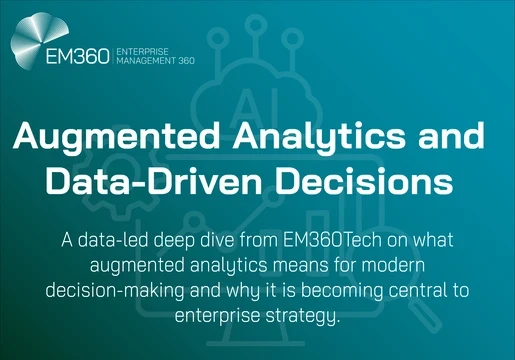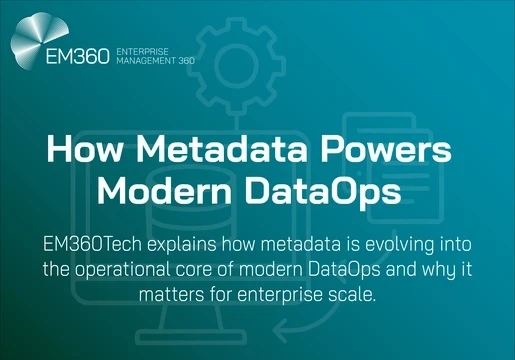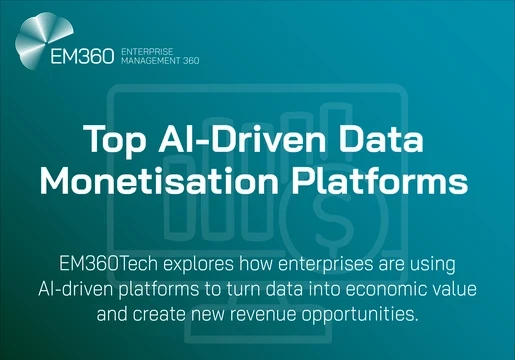Commercial lending professionals have replaced manual analyses of balance sheets or credit ratings with automated insight discovery. They also embrace new means to address biases in datasets that can interfere with creditworthiness assessments. Therefore, decision-making in the commercial lending industry has improved. Those changes are due to technological advancements in financial modeling and predictive analytics. After all, harnessing extensive datasets to extract relevant insight boosts effectiveness, precision, and equitability. This post will examine why data-driven insights are crucial to transforming commercial lending decisions and ensuring stakeholder faith in financial institutions.

What You Need to Know About Commercial Lending
Business-targeting lending activities are indispensable for inclusive, efficient economic growth worldwide. Enterprises seeking corporate loans rely on dedicated commercial lending services to increase their capability to invest in novel technologies and enter new markets via strategically enhanced cash flow. Although the conventional lending process is arduous, modern lenders seldom waste effort and time handling extensive paperwork.
Subjective analysis that would let a few individuals’ biased views affect lenders’ policies is no longer considered acceptable. Advanced tech tools that deliver objective creditworthiness insights have also emerged, powered by insights concerning recorded credit history, borrowing entities’ revenue trends, and debt-equity ratios. In addition to these indicators, lenders are more willing to explore alternative data and real-time analyses to estimate each firm’s potential growth.
Meanwhile, institutions allowing business loans are eager to leverage big data to make better-informed decisions. In other words, digitalized lending processes exhibit better accuracy, transparency, and inclusivity.
The Role of Big Data Analyses in Today’s Commercial Lending Practices
Big data enables exponentially scalable insight capture and unstructured data processing. As a result, brands in the commercial lending space want to use related data analytics services to devise more reliable means to determine a business’s long-term financial performance and risk aspects. Lenders can now tap into an enormous range of data sources.
Going beyond the usual financial statements necessitates embracing social media insights and tracking brand-specific news coverage. Moreover, mining data by focusing on sites allowing for public access to customer reviews, online communities, and industry groups’ discussions is beneficial. These practices reveal whether a loan-seeking company’s claims about stakeholder satisfaction are legitimate.
Accordingly, commercial lenders must employ sentiment-based data asset categorization. Doing so will help them predict a firm’s growth journey because letting brands with controversial, divisive reputations is more of a high-risk gamble. So, lenders must monitor stakeholder sentiments, including what regulators think of the borrower firm, for better risk mitigation.
How Data-Driven Insights Are Transforming Commercial Lending Decisions
1. Machine Learning Models Facilitate Broader Risk Analytics
Machine learning (ML) models improve how commercial lenders approach risk assessment in commercial lending. For instance, historical datasets have been integral to traditional risk estimation methods. However, they tend to be static. Therefore, those datasets may not accurately represent the borrower’s current financial status or the potential drawbacks of lending the business more capital.
Thankfully, ML and artificial intelligence (AI) technologies allow for best-case and worst-case simulations. These simulations or scenario analyses demonstrate how borrowers’ ability to repay commercial lenders improves or diminishes based on industry dynamics.
Reliable scenario-dependent insights can reveal a business’s vulnerabilities and strengths. Therefore, lenders can make informed decisions about credit ratings’ reliability and corporate loan approvals. Other risk factors concerning leadership’s attitude toward cash flow management or regulators’ plans to tighten compliance requirements are also essential for correct assessments. Data-driven insights into Macroeconomic transitions further indicate boom or bust possibilities per sector.
Finally, ML and chatbots relying on AI can streamline data retrieval when commercial lenders evaluate borrower entities’ financial well-being. Instead of handling a hundred software programs, a chatbot can guide them on company profiling and creditworthiness examinations.
2. Advanced Data Processing Accelerates Business Loan Processing
Conventional commercial loan requests would require several weeks or months to be approved. That situation was a result of multiple manual appraisal activities. The advent of more efficient computing systems has helped commercial lending professionals upgrade their workflows. That is why faster loan approvals are possible.
Automation capabilities that digitalized institutions have developed remarkably lower paperwork. The benefits of this progress comprise effortless removals of manual errors and duplicate verification tasks. Similarly, real-time financial data insights allow additional ease in making corporate lending decisions.
Quicker loan sanctions equip business owners with rapid access to necessary capital. These improvements are especially vital to small and medium-sized businesses. Such organizations help industries be more competitive and promote job creation in semi-urban and remote regions. In this regard, data-driven insights democratize access to corporate loans and empower firms of various sizes and growth prospects.
3. Customizing Loan Offerings Becomes Less Overwhelming
Financial data analytics allows corporate lenders to support established brands with a global presence. On the other hand, commercial lending professionals use data insights to serve micro, small, and medium enterprises or MSMEs. Still, customization requirements do not end here.
The one-size-fits-all approach can never satisfy borrowers in distinct industries. An import-export trader has significantly particular expectations and risk exposures. Another business person might be active in the manufacturing, defense, retail, or fast-moving consumer goods (FMCG) space. Therefore, commercial lenders must go two steps further to adjust loan terms, risk tolerances, and approvable capital limits.
Given these considerations, lenders prefer data-driven insights into borrowers’ industries, revenue cycles, and target consumer groups’ spending behaviors. Segmentation insights also enable them to provide aptly tailored loan structures, attractive interest rates, and realistic repayment timelines.
For illustration, think of a cyclical business. It might witness variable cash flows. So, supporting its expansion objectives via a flexible loan is necessary. Now, contrast this case with a startup that claims to have high-growth prospects. Since it is a newly incorporated initiative, it cannot exhibit a long history of responsibly using borrowed. Therefore, commercial lenders must switch loan offerings to reduce the chance of borrowing firms defaulting.
Advancing technologies positively impact the future of commercial lending, where crucial decisions will depend on actionable data-driven insights instead of biased human judgment. AI, predictive analyses, ML models, and hybrid cloud systems will continue to help corporate and commercial lenders accelerate their processes. Furthermore, more MSMEs will benefit from these advancements by witnessing quicker access to capital.
More nuanced circumstances involving startups call for embracing alternative data insights. Besides, cross-examining each borrower business’s credentials demands extensive tracking of media mentions and consumer perceptions. Otherwise, lenders will have a short-sighted view of organizations’ potential for growth or decline. Consequently, data-driven insights are more precious than ever to drive commercial lending decisions for more stable development across all sectors.







Comments ( 0 )